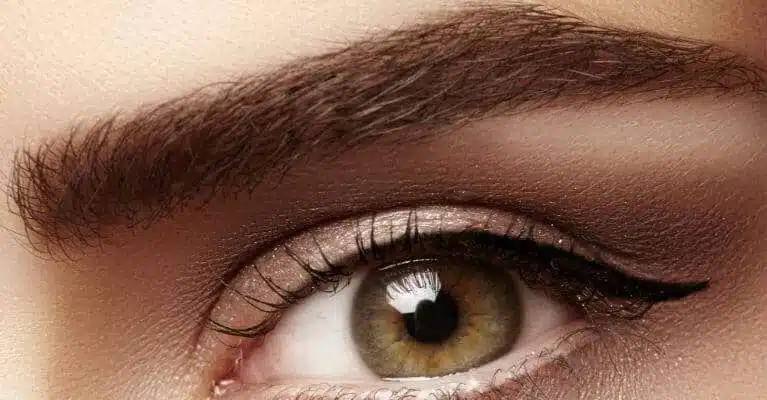Eyebrows are one of the features of our face that shape our appearance
Fashion trends sometimes wanted them thin to non-existent, and sometimes they wanted them fuller.
When we treat our eyebrows with repeated waxing in order to give a thinner shape it is impossible to return them to their original, fuller shape afterwards.
But there is always the solution of eyebrow transplantation with permanent results. Eyebrows, however, can be lost for various reasons.
These include thyroid disease and other systemic diseases, such as alopecia areata, infections, a congenital inability to grow, and a genetic tendency to thin, or even disappear, over time.
There may also be cases of people suffering from a congenital lack of eyebrows or wanting to cover scars from accidents or burns.
Brow restorations are similar to hair transplant techniques, which are also performed on the scalp.
However, because eyebrows have their own unique properties, eyebrow transplants differ from hair transplants in several important ways.
Unlike hair transplants, where the hairs are taken from another part of the scalp and match perfectly, in eyebrow transplants, the grafts are taken from a part of the body other than the eyebrows.
Consequently, they will carry slightly different characteristics in terms of both their growth rate and appearance.
The appearance of eyebrow transplants will mature and be perfected over the course of a year or so.
In addition, when the patient’s hair is wavy or curly, it is especially important to rotate the direction of that hair so that the curve of the hair to be implanted follows the natural curve of the eyebrows.
Eyebrow implantation is understood to require the doctor’s expertise, delicate manipulations to achieve precision in placement with the aim of the result being both aesthetically elegant and permanent.
For these reasons, appropriate design is required that is specific to each case, such as gender and facial characteristics.
As with scalp hair transplants, eyebrow hair transplants will continue to grow and therefore need to be trimmed at regular intervals.
However, as we are talking about a procedure that takes place in the facial area, we must emphasize that:
Eyebrow hair has a much shorter life cycle than scalp hair, about four months, unlike scalp hair where the life cycle can be as long as four years.
This means the hairs should be taken from such an area where the hair growth has corresponding properties.
The hairs that will be placed on the eyebrows must be taken one by one as there are no groups of hairs at this point.
The placement should be done at an acute angle and the doctor should follow exactly the course that the hairs in the eyebrow area would normally take.
It is also important that the sockets of the hairs are small so that there are no scars after healing.
In the transplant process, needles with a minimum diameter are used as the smallest imperfection plays its role.
Considering the whole procedure and technique of eyebrow transplantation one finds that it is not really a hair-follicular unit transplant, but rather a highly sophisticated form of micro-transplantation.
In today’s era, eyebrow transplantation is a procedure that can have the best results. It is enough for the doctor who will do the implantation to follow the rules and support each case individually, depending on the problem and the need to treat it.



